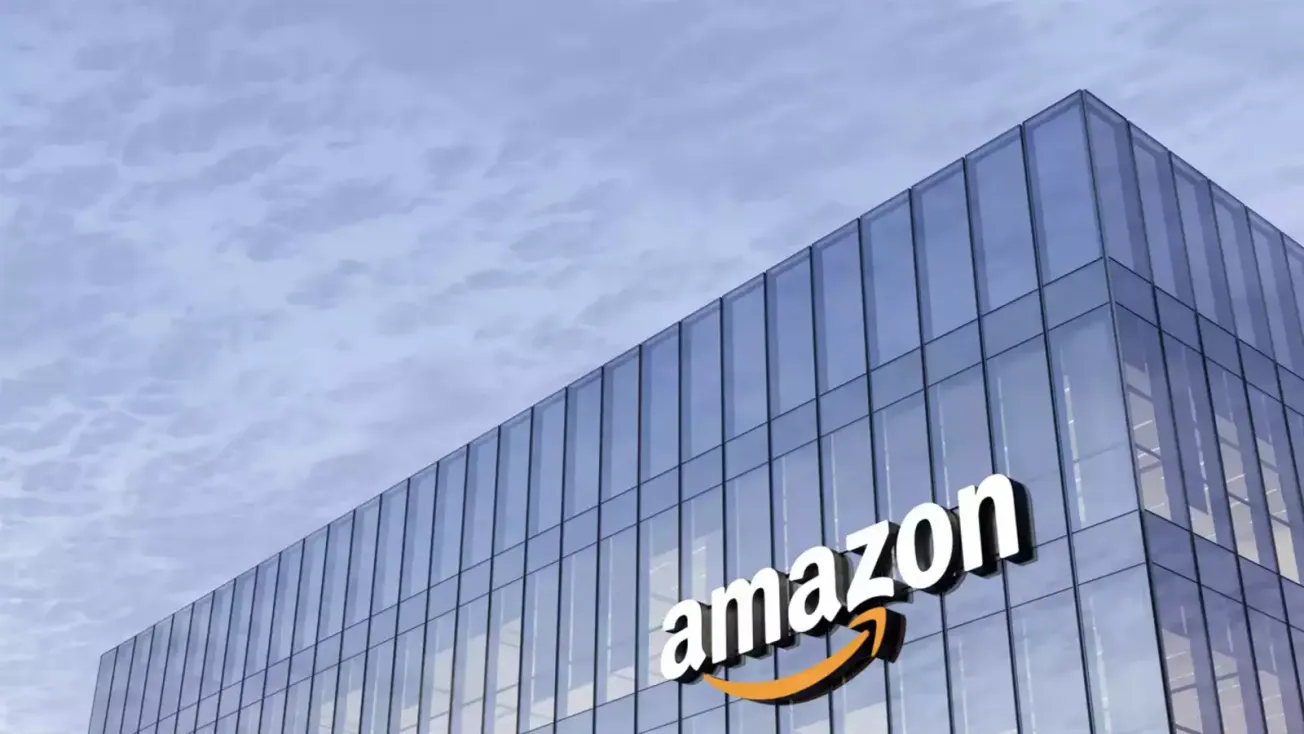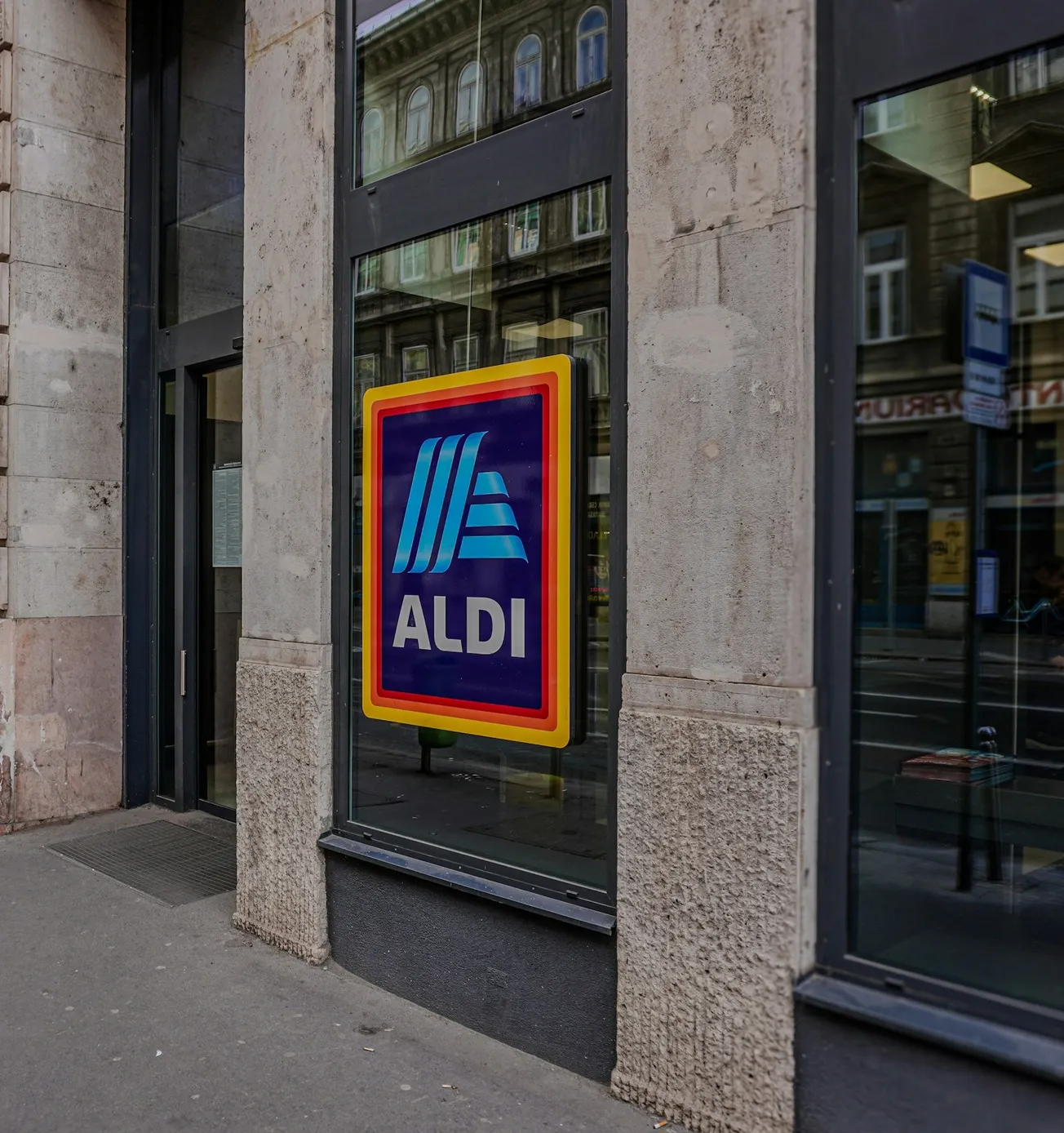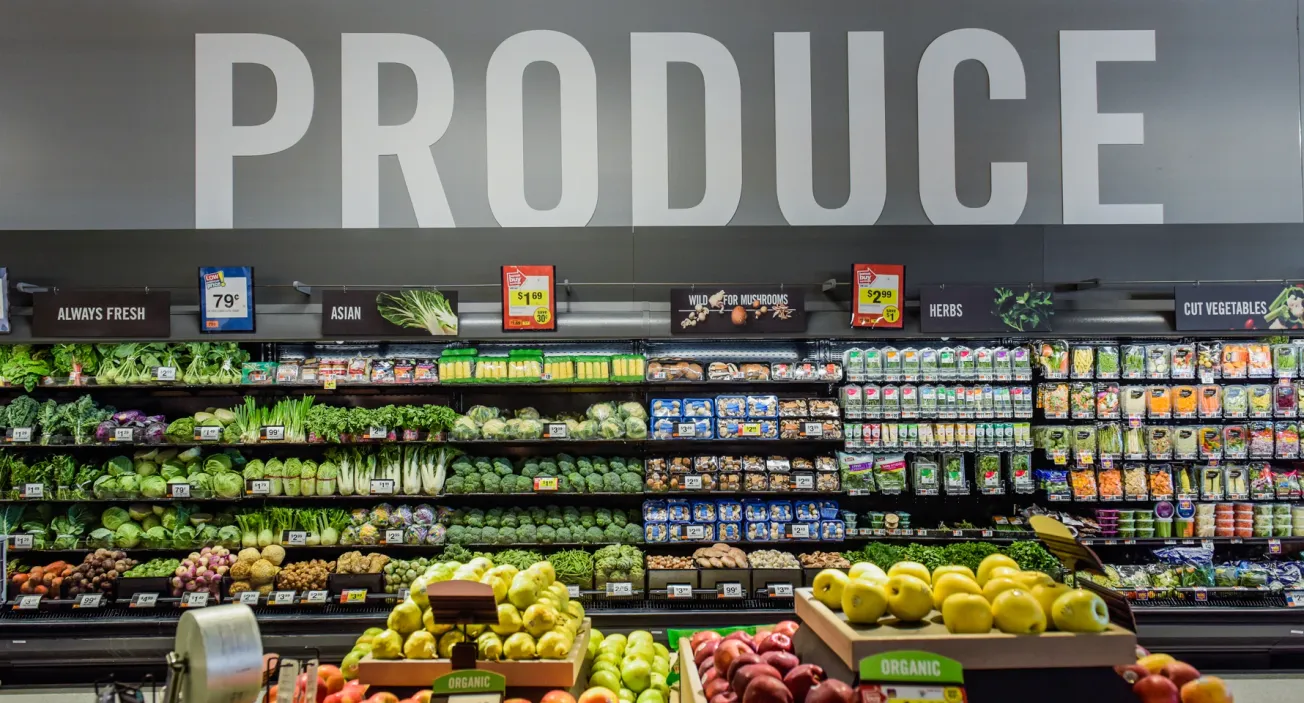ARLINGTON, Va. — Two recent studies indicate that household penetration of online grocery shopping is picking up steam. One, a joint project of the Food Marketing Institute (FMI) and Nielsen, projects that in five to seven years 70% of Americans will be grocery shopping online.
Last year FMI and Nielsen issued their first-year findings, which predicted that online food and beverage expenditures could reach $100 billion by 2025. The second-year findings, released at the recent FMI Midwinter Conference, have moved the target date up to 2022 or 2024. The $100 billion spend would be equivalent to each household in the United States spending $850 online annually for groceries.
The research included a digital readiness assessment survey and in-depth interviews with both retailers and manufacturers. The findings revealed six organizational imperatives for success:
• Align organizations and integrate digital offerings in parallel with those of brick-and-mortar.
• Eliminate data discrepancies; accurate data is critical to supporting online sales.
• Integrate online and in-store forecasts to have optimal inventory levels for both channels.
• Integrate retailer and manufacturer shopper information in a single, comprehensive source of customer insights.
• Improve omnichannel marketing and promotions.
• Merge digital and in-store shelf capabilities so consumers see the same information online and off-line.
“While analytics will continue to be critical for retailers and manufacturers to understand the digitally engaged food shopper on a deeper level, a collaborative approach to balancing physical and digital sales strategies is the key to unlocking omnichannel success,” says Chris Morley, U.S. president of FMCG (fast-moving consumer goods) and retail at Nielsen.
For the near term, a survey of more than 1,000 American consumers by Unata, a leading provider of one-to-one digital solutions for grocers, indicates that 36% of U.S. shoppers plan to shop online for groceries this year, up from 22% who did so in 2017.





